Treatment of osteoarthritis (gonarthrosis, arthrosis) of the knee joint

specialists

equipment

treatment
Causes and risk factors

Arthrosis occurs due to the following reasons:
- Overweight
- Increased physical activity
- Knee injuries
- Hereditary predisposition
Genetic factors slow down cartilage repair, impairing its nutrition and self-regeneration. Some people have congenital joint anomalies, such as hip dysplasia, which are inherited and, over time, can lead to the development of osteoarthritis.

Predisposing factors
Risk factors include:
- Older age
- Female (postmenopausal)
- Varicose veins
- Weakness of the thigh muscles
These factors do not cause the disease directly, but contribute to its progression.
Symptoms of gonarthrosis and osteoarthritis

The disease is characterized by the following symptoms:
- Pain during exertion
- Stiffness of movement
- Inflammation
- Swelling
- Bow stance

Painful sensations
In the early stages, pain is episodic, occurring while walking, climbing stairs, or getting up from a chair. As the disease progresses, the pain becomes more severe and persistent. In later stages, the pain persists even at rest, reducing the quality of sleep and rest.
Limited mobility and crunching
Patients report a feeling of stiffness in the morning or after sitting for long periods. Range of motion is noticeably reduced, making it difficult to fully bend and straighten the leg. Due to wear of the cartilage and changes in the articular surfaces, cracking and popping sounds occur in the joint.
Deformation of the knee joint
There is thickening of the knee and curvature of the limb axis. Leg shortening, instability, and gait changes are possible. In severe cases, the patient may have difficulty walking without support.
Synovitis
During an exacerbation, inflammation of the synovial membrane develops, causing fluid to accumulate in the joint. This manifests as swelling, a feeling of heaviness, redness, and increased skin temperature over the joint. Swelling can reduce mobility and increase pain.
Classification and stages of the disease
Gonarthrosis: stages I, II, III
Orthopedists distinguish 3 stages of the disease:
- First. The cartilage tissue begins to lose elasticity, but the joint portion is still intact. An X-ray shows a slight narrowing of the joint space, and initial osteophytes are possible.
- Second. The cartilage tissue thins, and the joint space narrows. Initial changes in the limb axis are possible, and sometimes signs of synovitis appear.
- Third. The joint space virtually disappears, the cartilage is destroyed, the bones rub against each other, osteophytes and subchondral sclerosis are pronounced
According to statistics, gonarthrosis is most often diagnosed in the second stage. This is due to the severity of symptoms, which prompts patients to seek medical attention.
Osteoarthritis: stages and types
The disease has several stages:
- Initial. Symptoms are absent or mild. The patient experiences mild pain after exertion and slight stiffness.
- Moderate. Pain occurs during activity and sometimes at rest. Inflammation of the synovial membrane is possible.
- Severe. Accompanied by severe pain and significant limitation of movement.
- Terminal. Complete destruction of the cartilage, significant deformation, and shortening of the limb occur.
Depending on the cause and location, osteoarthritis is classified as primary, secondary, local, and generalized. Primary osteoarthritis occurs without an obvious cause and is often associated with age-related changes, heredity, and metabolic disorders. Secondary osteoarthritis develops as a result of trauma, congenital anomalies, inflammatory diseases, excessive stress, and endocrine disorders. Local osteoarthritis affects one or more joints. Generalized osteoarthritis involves multiple joints simultaneously and causes systemic disorders.
Diagnosis of knee joint diseases

Effective treatment is impossible without a comprehensive examination. Instrumental and laboratory tests not only confirm the presence of the disease but also assess the extent of joint damage, determine the stage of the pathological process, and identify associated complications.
Instrumental diagnosticsInstrumental methods include:
- X-ray. Reveals joint space narrowing, bone spurs, subchondral bone compaction, deformity, and limb axis changes. Suitable for stages 2 and 4. CT scan. Visualizes bone structures in greater detail. Used before surgery for accurate joint assessment.
- Ultrasound. Helps detect signs of synovitis, fluid accumulation, thickening of the synovial membrane, and assess the condition of tendons and ligaments. Suitable for dynamic monitoring.
- MRI. Allows you to assess the condition of cartilage, menisci, ligaments, and synovial membrane.
If these methods are not informative enough, arthroscopy is performed. This procedure allows the doctor to evaluate the internal structures of the joint and take a biopsy.

Laboratory diagnostics
To exclude other diseases, laboratory tests are performed:
- A complete blood count (CBC) reveals signs of inflammation (increased ESR, leukocytosis) during an exacerbation or the presence of synovitis.
- Blood biochemistry test. Allows you to assess uric acid levels, C-reactive protein, and markers of inflammation and metabolism.
- Immunological tests. Conducted for differential diagnosis with autoimmune diseases.
To determine the nature of the inflammation, identify infection and the presence of crystals, and study the cellular composition, a joint puncture and synovial fluid analysis are necessary.
Treatment of gonarthrosis and osteoarthritis
Prognosis and prevention
Early diagnosis can help control pain, preserve knee function, and delay the progression of osteoarthritis. In later stages, the risk of disability, deformities, and the need for joint replacement increases.
To avoid the development of the disease, it is recommended to follow preventive measures:
- Increase physical activity. Walking, swimming, and cycling strengthen cartilage and muscles.
- Use protective equipment during training, rehabilitation, and after injuries. Meniscus damage and joint instability are triggers for osteoarthritis.
- Wear custom orthopedic insoles. Varus, valgus, and flat feet, combined with poor posture, lead to a redistribution of stress on the joints of the legs and spine, leading to premature wear and pain.
- Eat a balanced diet. It should contain antioxidants, vitamin D, and omega-3 fatty acids.
- Quit alcohol and smoking. Nicotine reduces microcirculation in the subchondral bone. Ethanol disrupts cartilage and bone metabolism.
Secondary prevention involves a range of measures to slow the progression of the disease. Doctors recommend:
- Increase physical activity. It's worth doing isometric exercises and attending physical therapy sessions.
- Control comorbidities. Diabetes, hypertension, and metabolic syndrome increase systemic inflammation.
- Use chondroprotectors. The effect is often visible in the early stages.
- Avoid excessive strain. Heavy lifting, standing for long periods without rest, and squats increase the risk of injury and wear out joints faster.
- Use canes or orthoses. They reduce the load on the injured joint, reduce pain, and improve mobility.
Women over 55 should have their bone density assessed (densitometry) every 1-2 years to detect changes. To prevent osteoporosis during menopause, it's important to manage hormonal levels. A significant decrease in estrogen levels negatively impacts bone and cartilage tissue.
Early detection of osteoarthritis can delay disability by 5-10 years. Diabetes management improves cartilage structure.

Factors influencing prognosis
- Biomechanical Valgus, varus, meniscus injuries, joint overload
- Metabolic Obesity, insulin resistance, type 2 diabetes mellitus, dyslipidemia
- Inflammatory Elevated levels of C-reactive protein, IL-6, extracellular protein TNF
- Genetic Hereditary predisposition, polymorphisms of the COL2A1 and GDF5 genes
- Behavioral Low physical activity, smoking, intense exercise
- Age and gender Over 50 years of age, women after menopause
- Psycho-emotional Depression, anxiety, chronic stress
Clinical cases and studies
There are cases of successful slowing of gonarthrosis progression with early detection and comprehensive therapy. Patients with stages I-II of the disease experienced a reduction in pain and a restoration of range of motion by more than 60% after 6 months of treatment with chondroprotectors, physiotherapy, and exercise therapy.
According to a study published in the scientific journal Osteoarthritis and Cartilage, regular physical activity and a 5-10% weight loss can reduce the need for painkillers by 30-40% in patients with knee osteoarthritis. Another large observational study showed that patients receiving intra-articular hyaluronic acid delayed the need for joint replacement by 1.5-2 years.

Bibliography
- И. А. Зборовская, Е. Э. Мозговая, С. А. Бедина, А. С. Трофименко, М. А. Мамус, Е. А. Тихомирова, С. С. Спицина. Остеоартроз – современный взгляд на лечение. Журнал Лекарственный вестник №4 (76). Том 13 – 2019.
- Т. Д. Тябут, Е. В. Руденко, А. Е. Буглова. Остеоартроз (остеоартрит). Учебно-методическое пособие – 2025.
- Р. А. Зубавленко. Современный подход к консервативному лечению остеоартроза коленных суставов. Журнал Бюллетень медицинских онлайн-конференций – 2018.
- А. И. Алешкевич, Н. А. Мартусевич, Т. В. Бондарь. Комплексная диагностика остеоартроза коленного сустава (клиническое, рентгенографическое и ультразвуковое исследования). Журнал Военная медицина – 2019.
- Е. В. Попков, С. С. Климов, Е. С Купина. Хирургические методы лечения гонартроза. Журнал Бюллетень медицинских онлайн-конференций – 2018.

This award is given to clinics with the highest ratings according to user ratings, a large number of requests from this site, and in the absence of critical violations.

This award is given to clinics with the highest ratings according to user ratings. It means that the place is known, loved, and definitely worth visiting.

The ProDoctors portal collected 500 thousand reviews, compiled a rating of doctors based on them and awarded the best. We are proud that our doctors are among those awarded.
Make an appointment at a convenient time on the nearest date
Price
Other services






















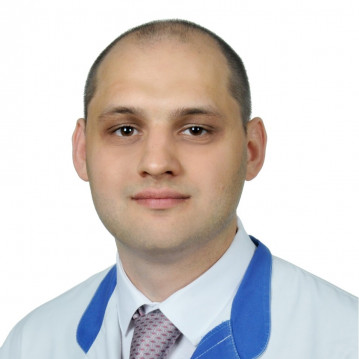








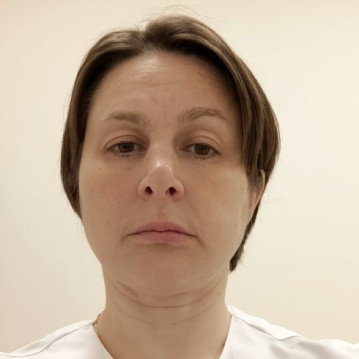
















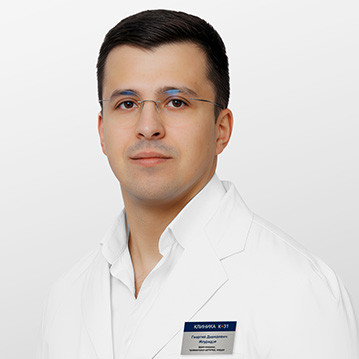









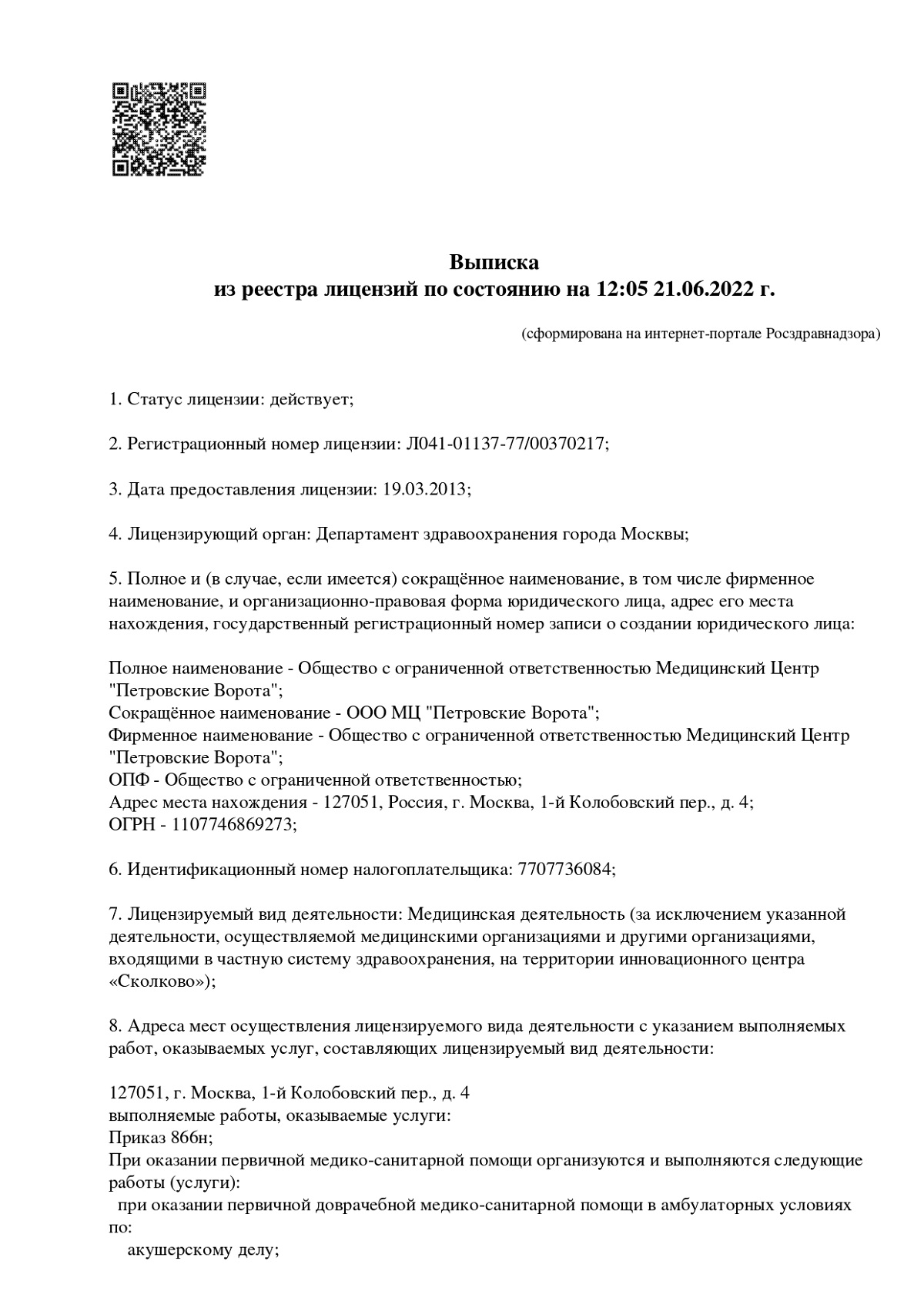





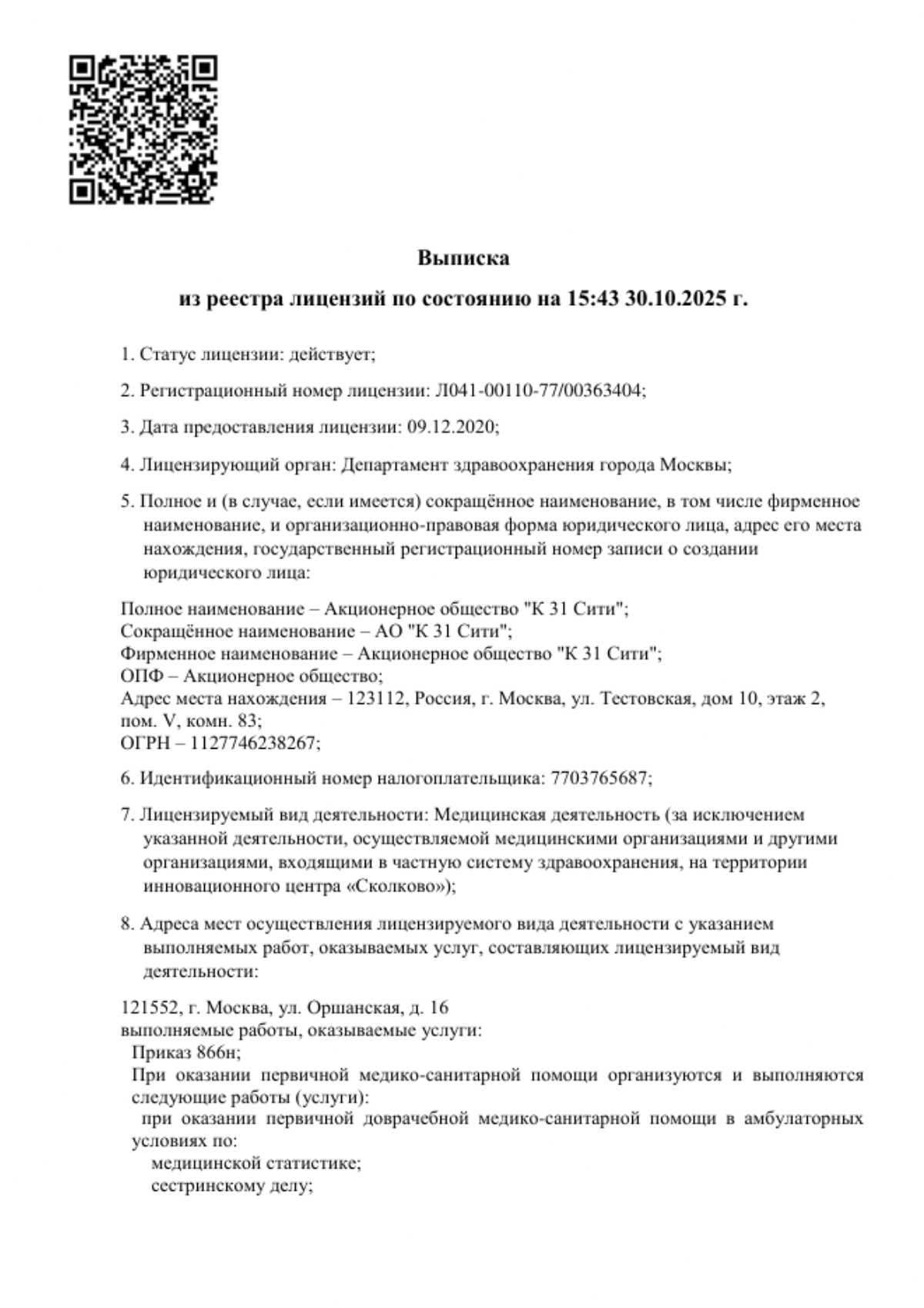







What is gonarthrosis and osteoarthrosis?
Osteoarthritis is a degenerative disease characterized by the destruction of cartilage tissue. It can be unilateral or bilateral.
If not treated in a timely manner, degenerative changes in the joint cause a number of complications:
Destruction of articular cartilage and subchondral bone leads to the surfaces of the bones rubbing against each other, causing severe pain. The patient needs